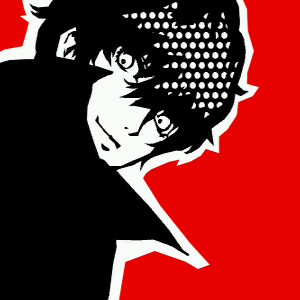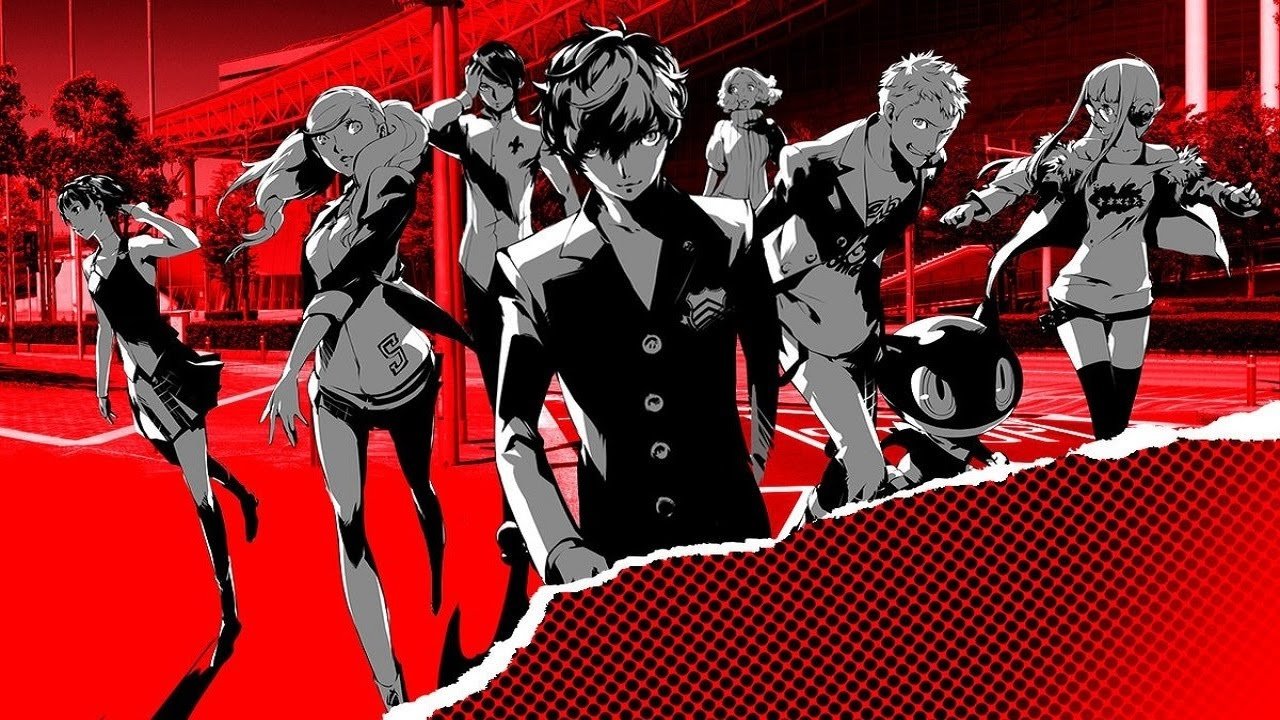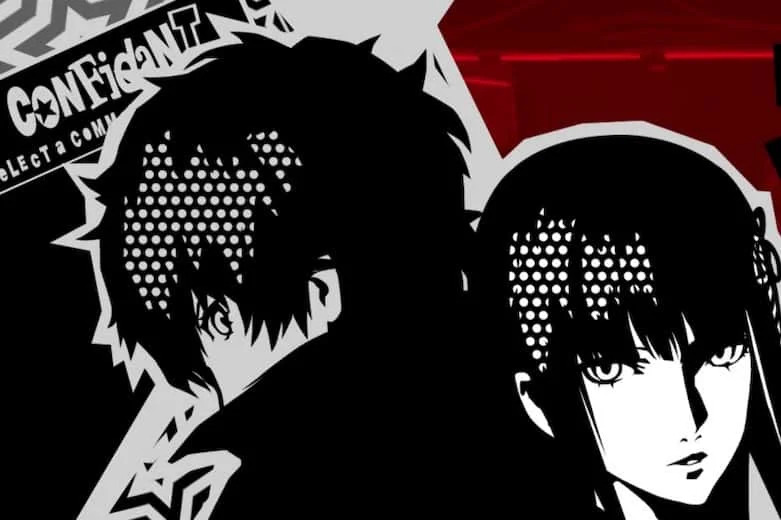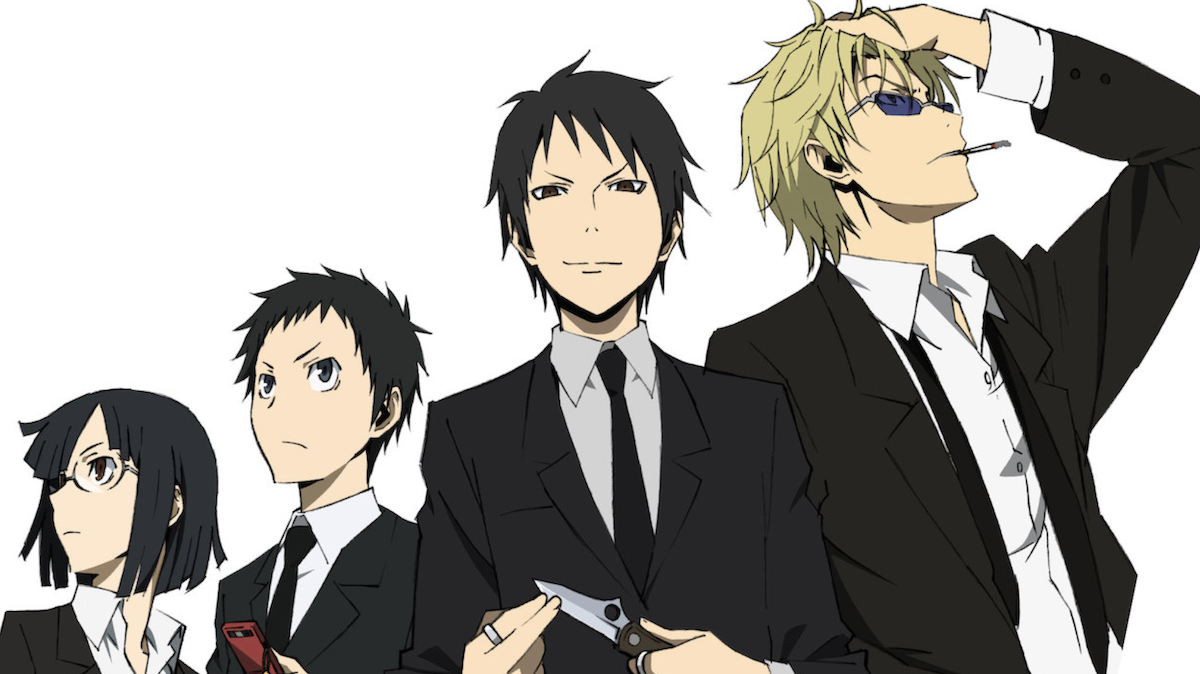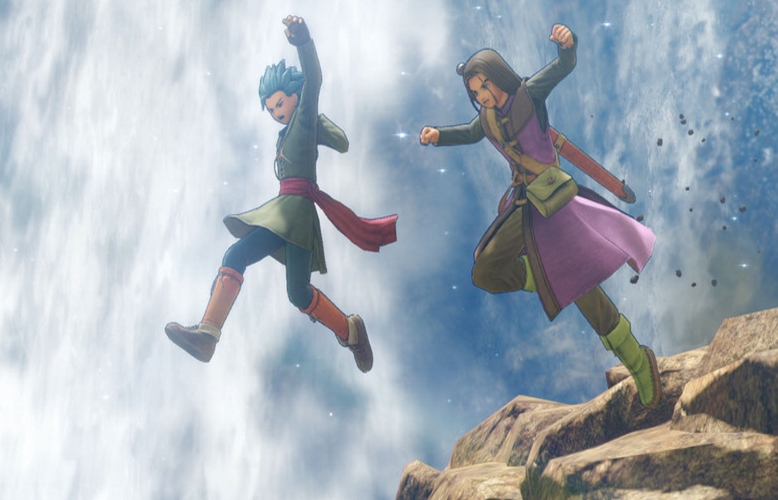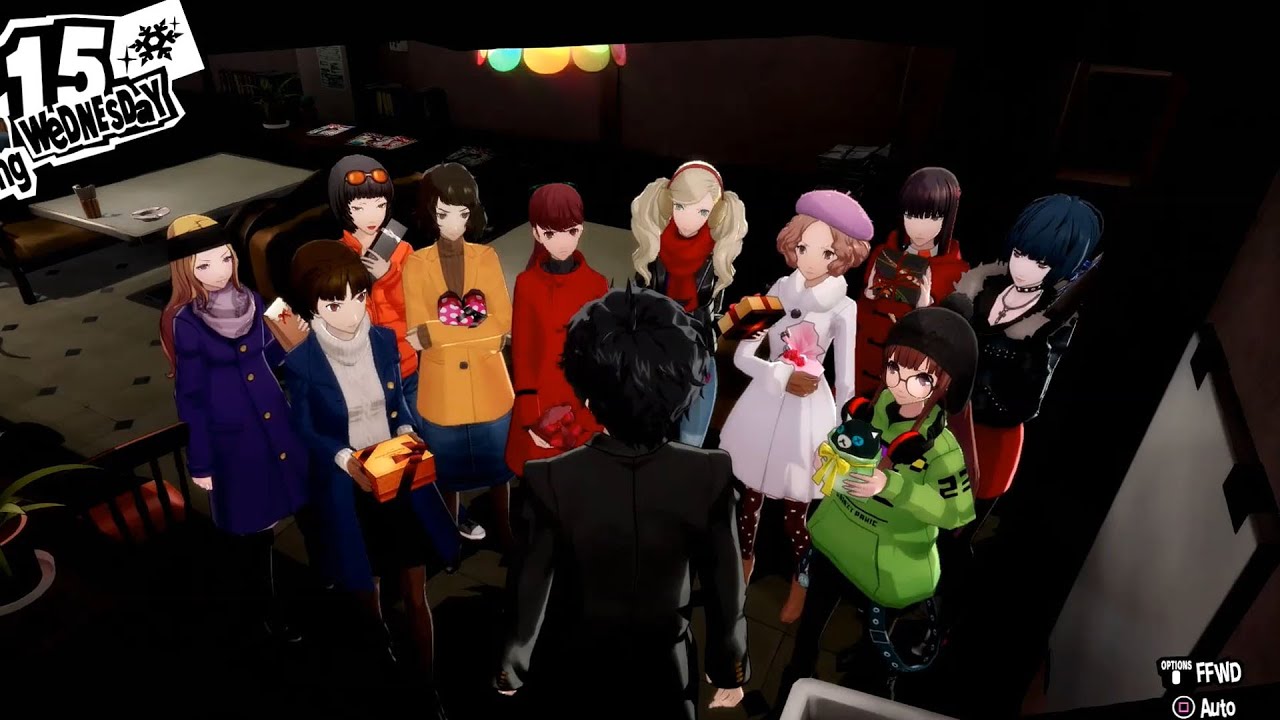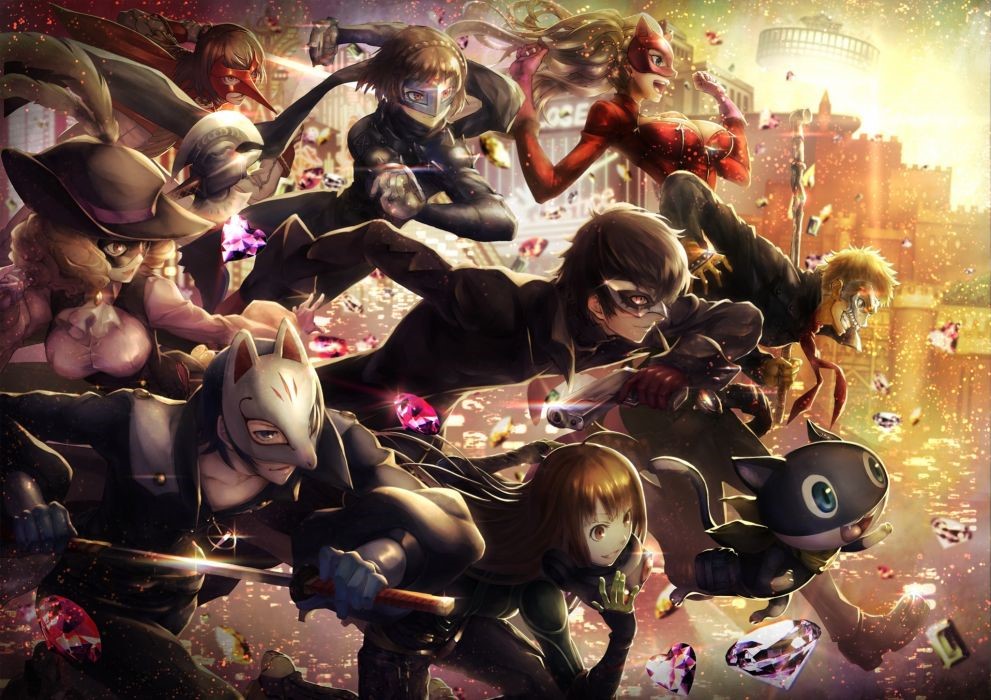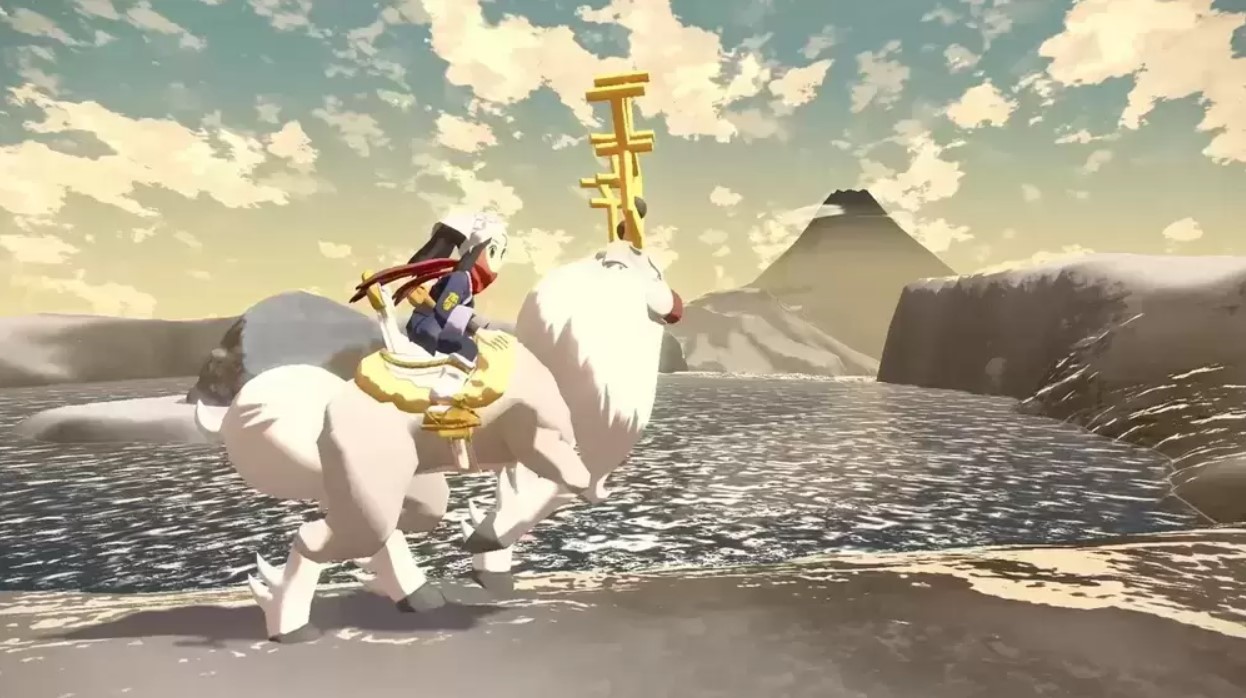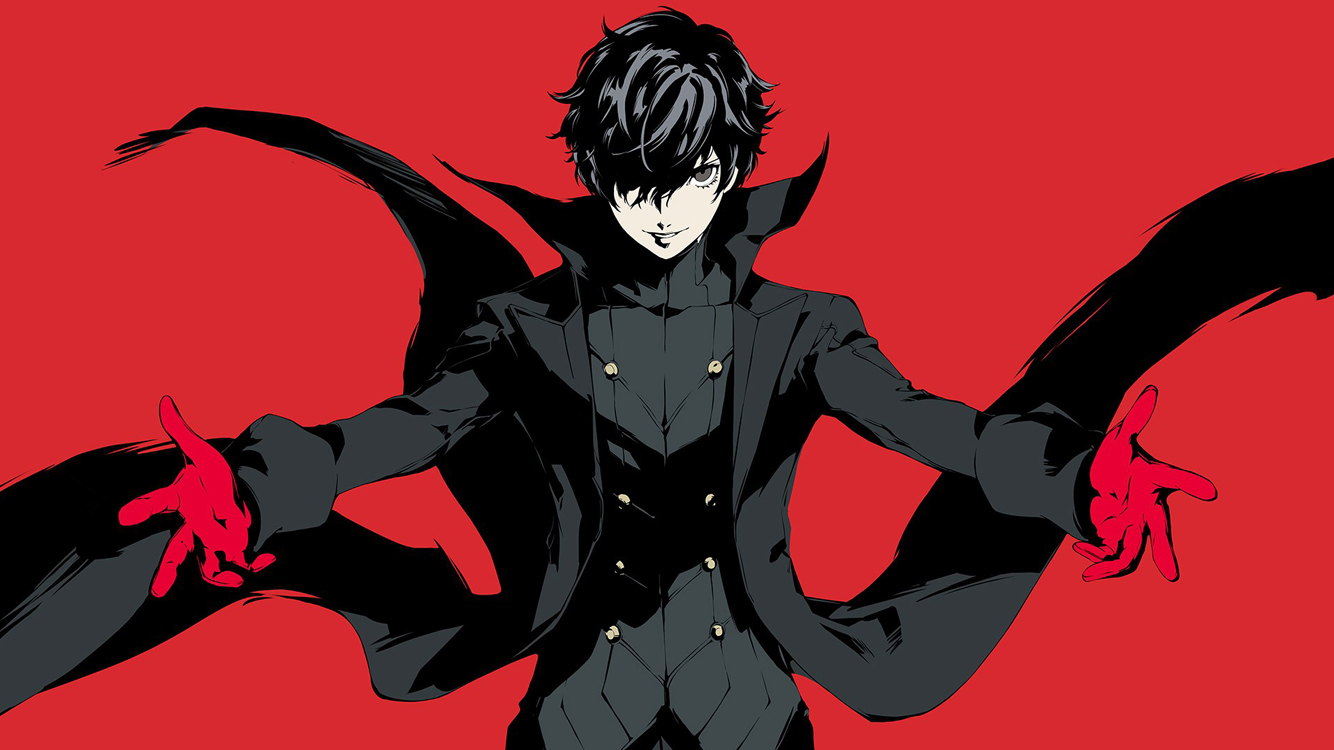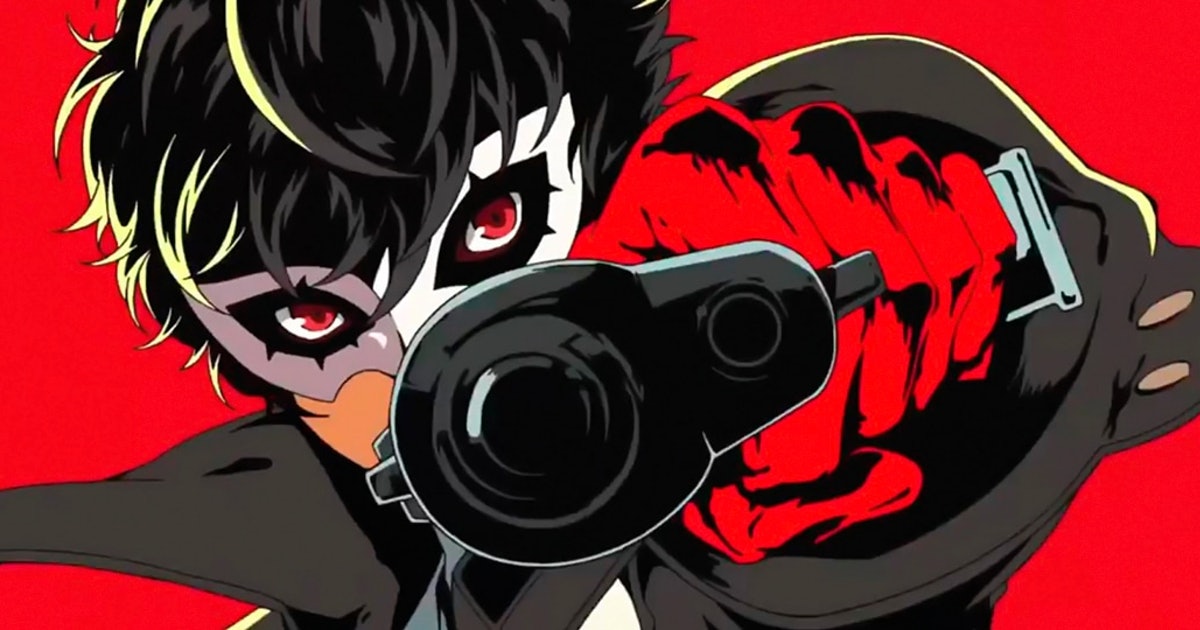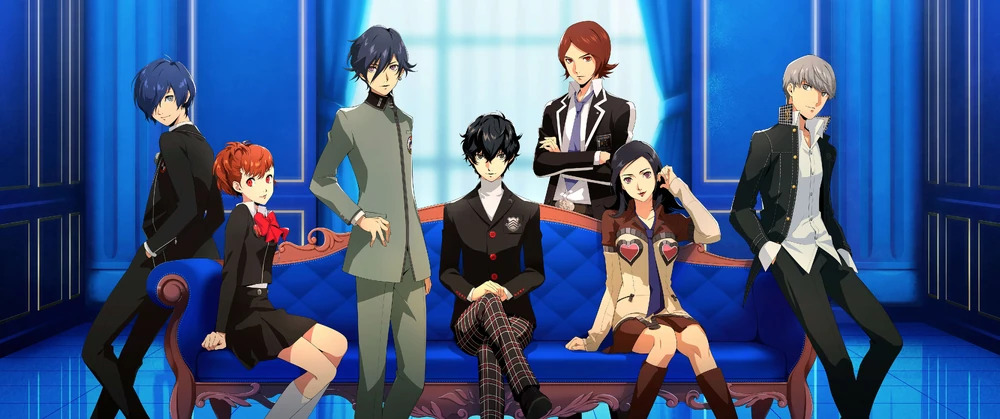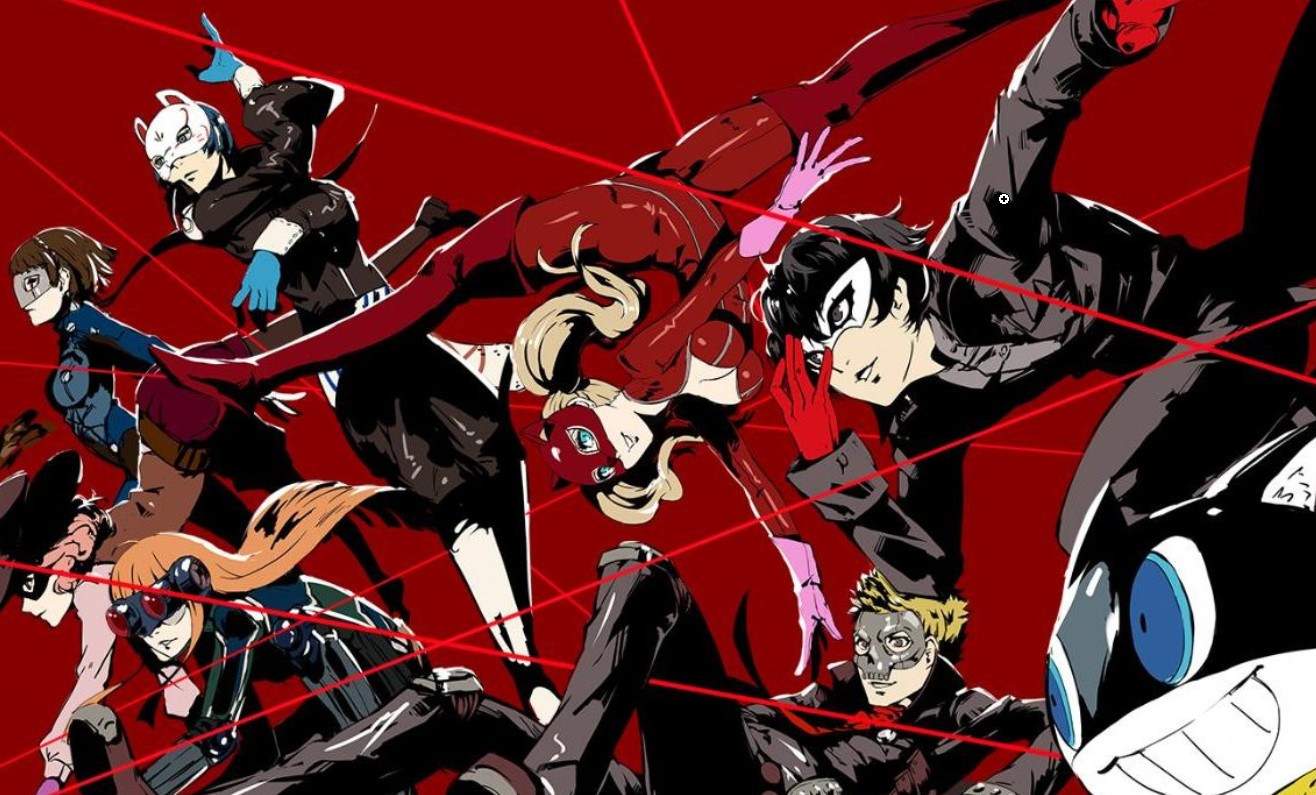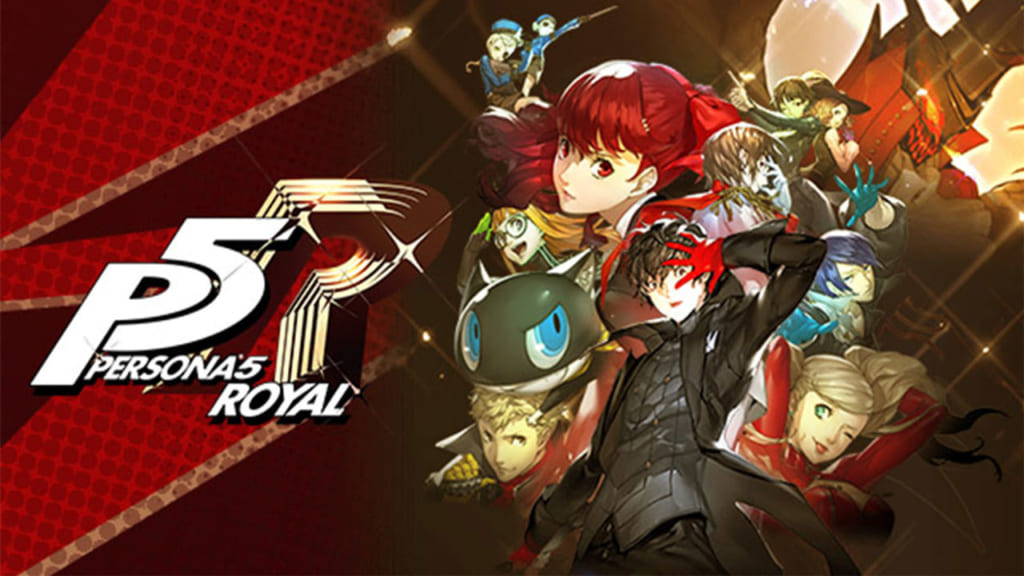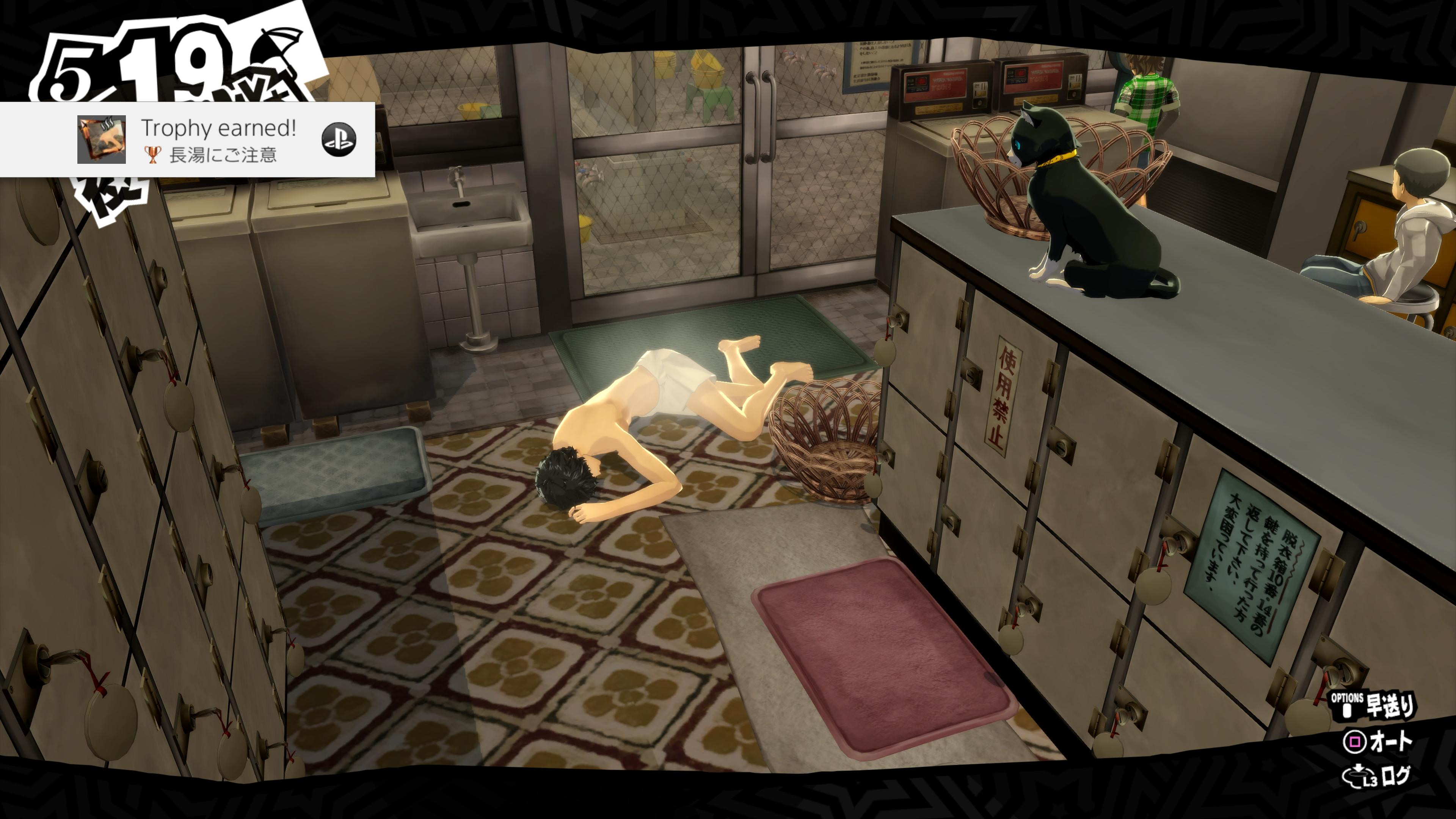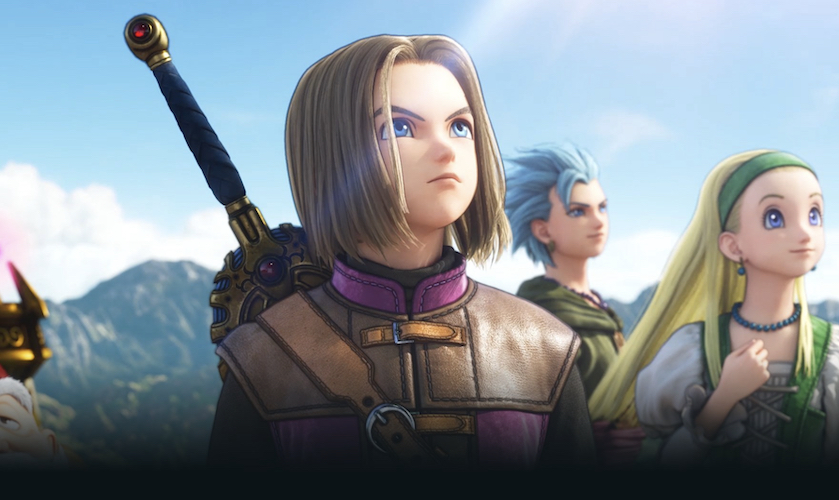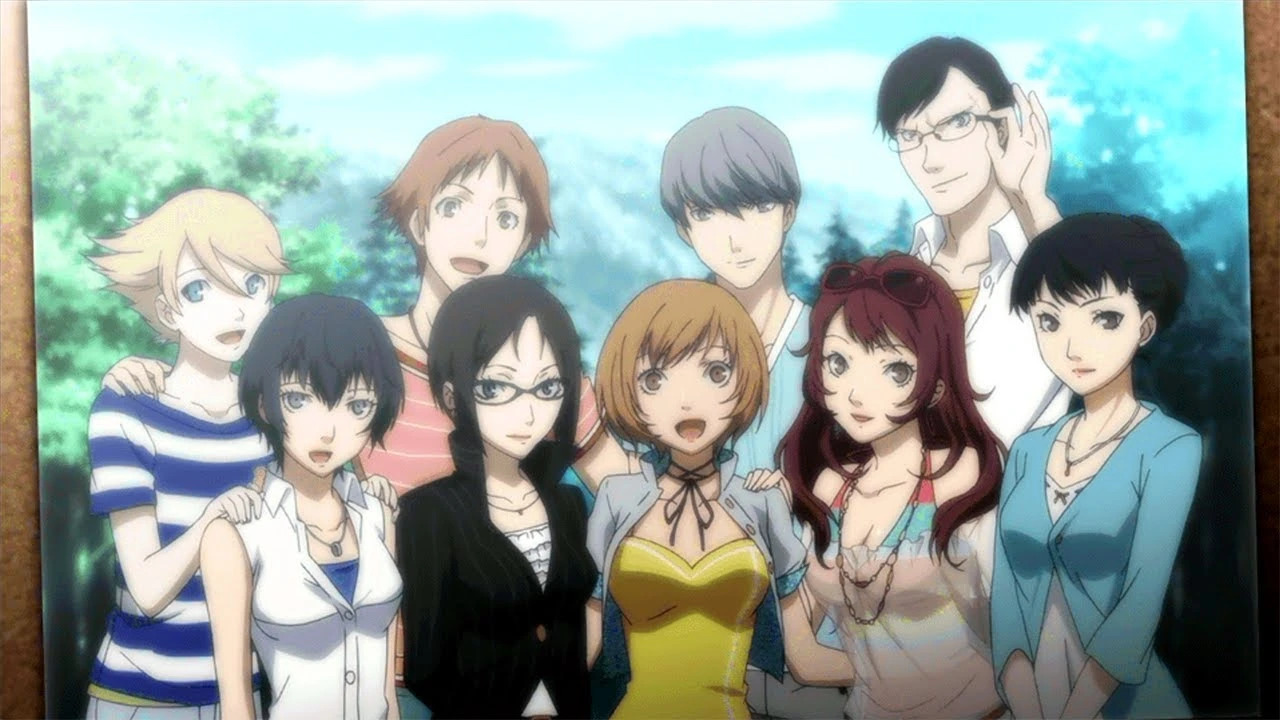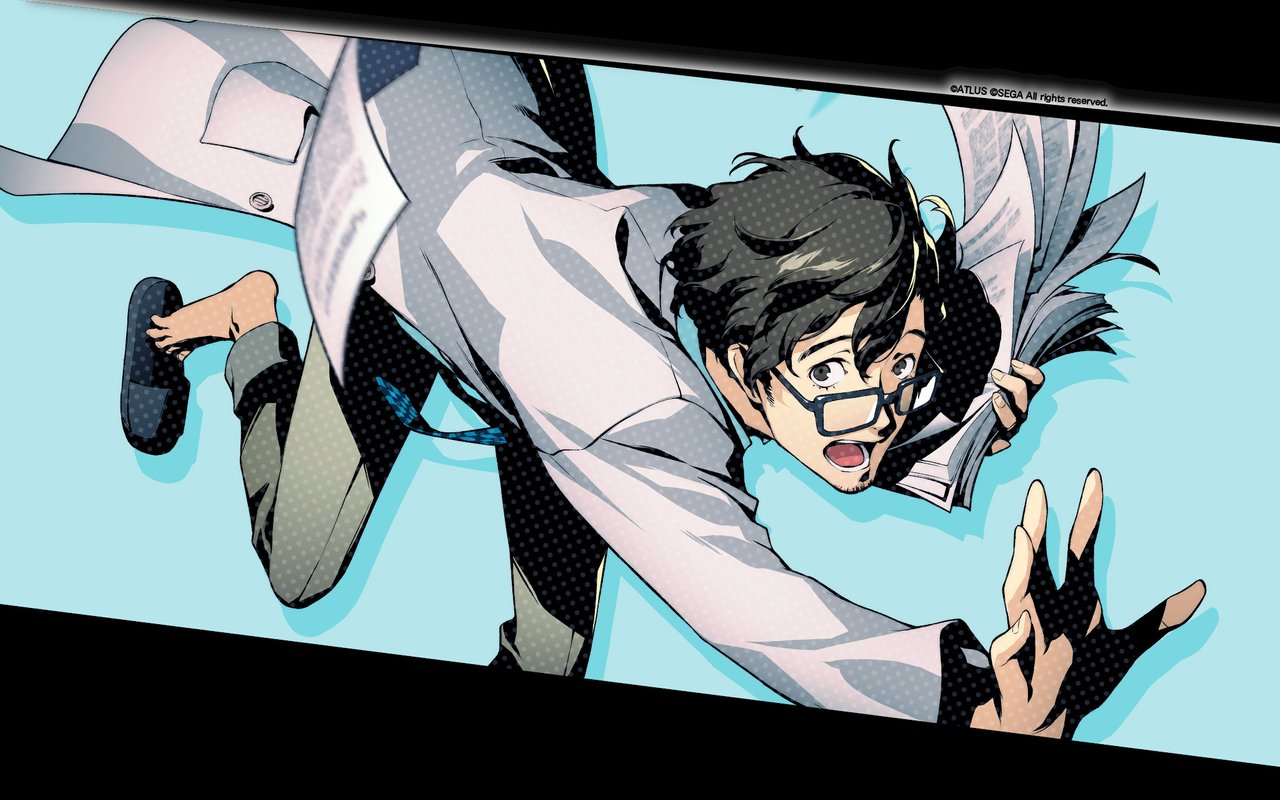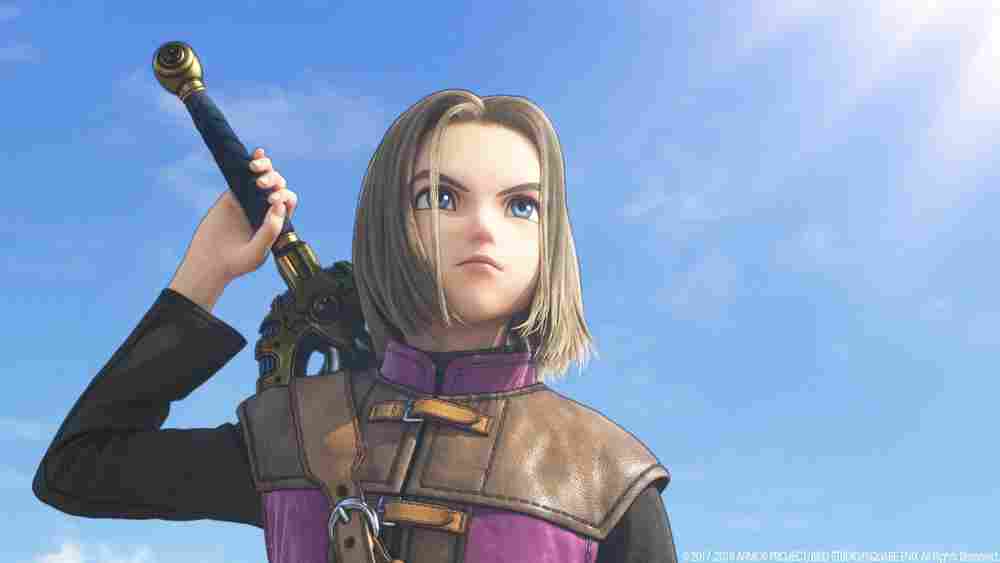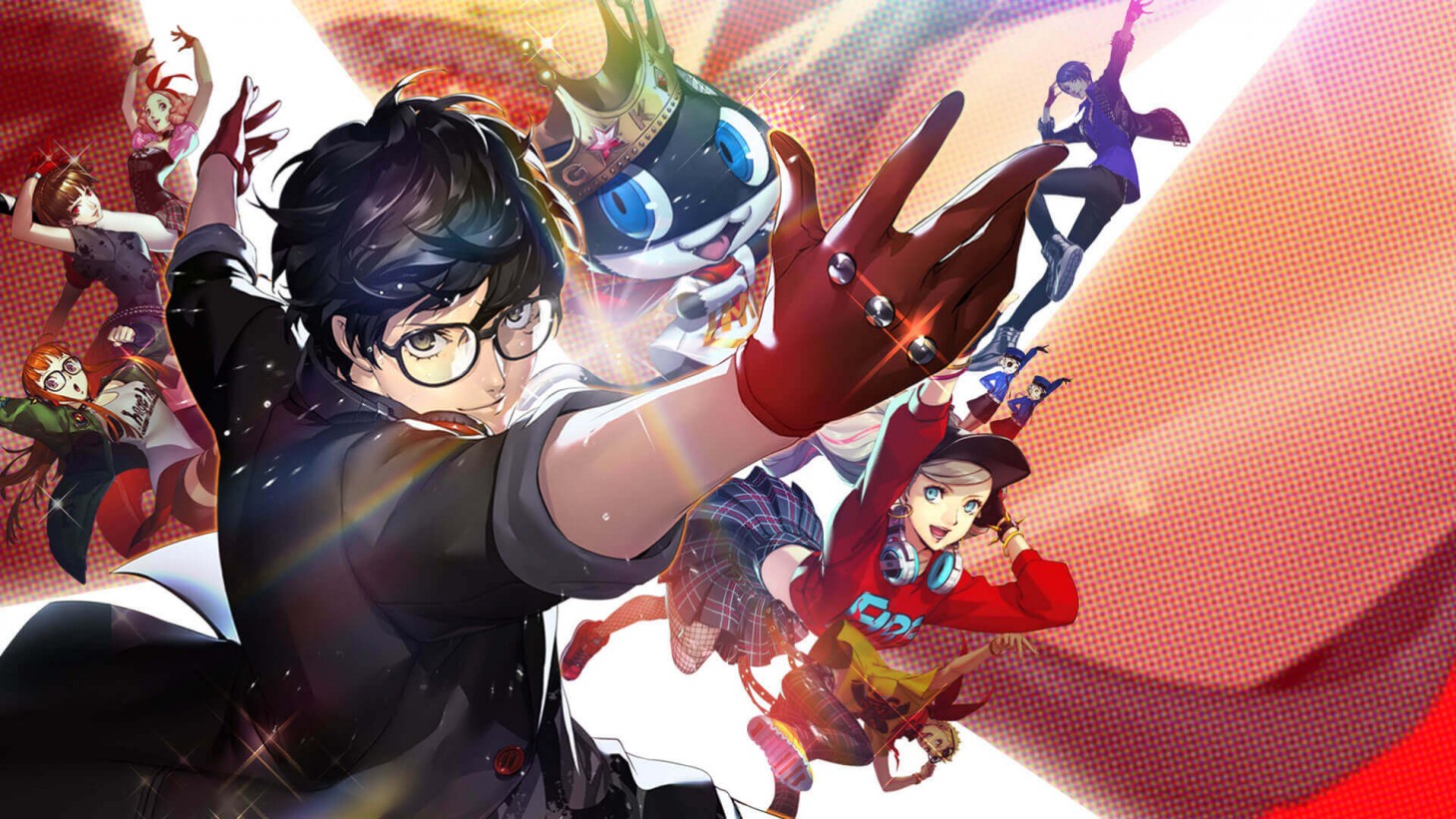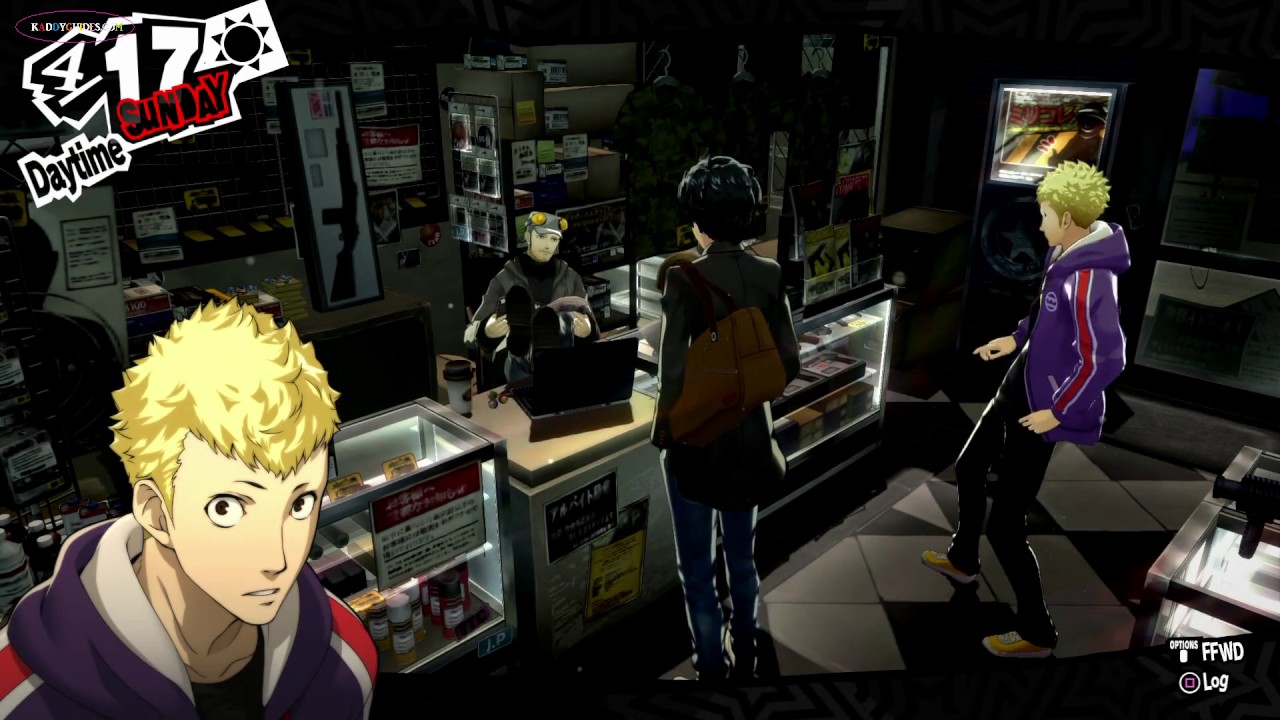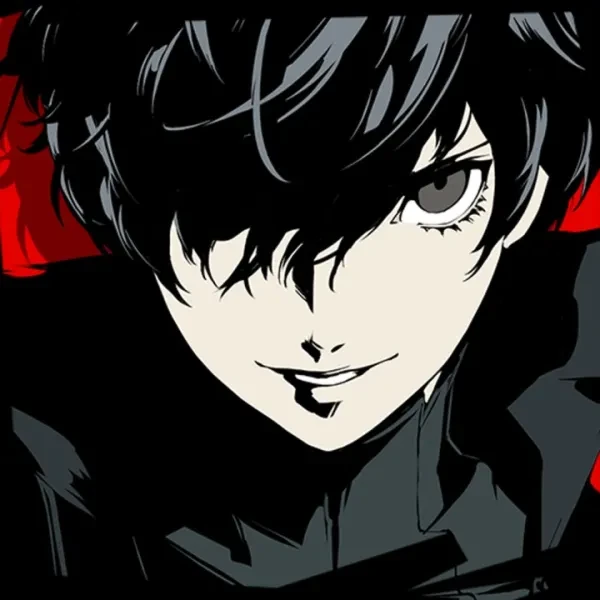
While it may seem that Atlus had decided to give up on creating new and original content for the Persona series, the recent release and success of the newest main-series game, Persona 5, seems to have proved us wrong. With such a massive success that has already sparked an anime, three animated specials, and two spin-offs (with likely more to come), it seems only natural that Atlus would soon begin work on the next game in the series to continue the success that this game had brought them.
However, a quick and easy release of Persona 5 seemed natural back when Persona 4 was the top-selling PS2 game for two weeks straight, so have they updated their methods, or will we be waiting another 8 years for a sequel?
Lucky for us Persona fans, Atlus seems to have learned from their mistakes. According to a recent interview with Dengeki PlayStation, Atlus has already begun working on the next official entry in the Persona series, Persona 6.
As of now, no official release date has been announced. Now, knowing that the game is actually going to be made, here are some of the gameplay features that fans are pining for!
10. Same-Sex Relationships
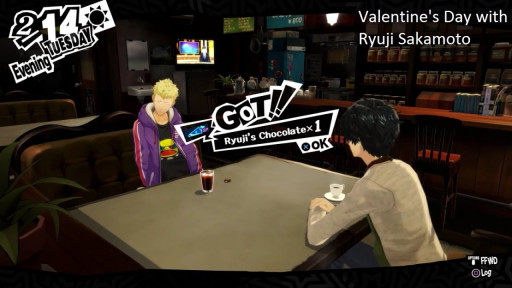
Something that the Persona series used to be known for was the ability to enter same-sex relationships with your party members. While it was limited to characters who were canonically LGBTQ+, it was still a nice feature that has been removed in recent years.
Bringing back the ability to date party members of the same sex as your protagonist would also open the game up more to actual members of the LGBTQ+ community, allowing the series to reach a wider audience than it has been able to in the past.
Persona 5 even included a Valentine’s Day event with male character Ryuji Sakamoto (pictured above). And many of the most popular ships in each game are often between the main character and the male members of the party, meaning the game would be fulfilling the wish-fulfillment aspects even more if you were allowed to date those party members.
9. More Balance
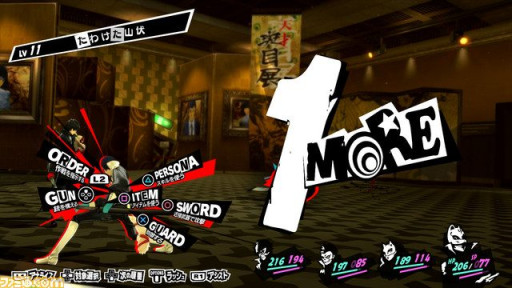
As of now, certain characters (namely Ryuji) are far more effective in battle than others. This isn’t necessarily because the characters themselves have better abilities or are strong than the others, but because their specific strengths seem to pop up as weaknesses to many more enemies than characters like Yusuke or Makoto.
This would be an easy fix. Simply add more enemies with more varied weaknesses to allow more characters to shine and require the player to switch out their party members more.
Doing this also ensures that the game becomes more challenging for those who wish for a more challenging experience. Constantly having to think about who is in your party and whether you may have to change them before/during an upcoming battle will make actually winning a fight more rewarding, though it may become tedious.
Which brings us to our next point:
8. Allow Party Switches During Battle
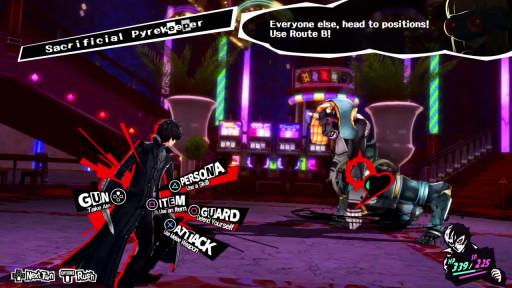
In Persona 5, you couldn’t switch out any members of your party during battle until your social link with Futaba reached a certain level. And even then, you couldn’t do so at will, only once someone in your current party had fainted, and you didn’t even get to choose who would replace them!
For Persona 6, a system that allows you to bring in different party members in the midst of battle would greatly improve the combat system, allowing the player to adapt to different situations quickly without having to constantly be taken out and start over to figure out the enemy’s weakness.
7. Allow the Protagonist to Switch Out of Battle
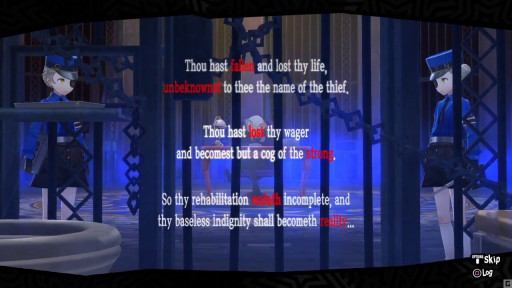
While it may seem like an unimportant detail, or even contradictory, the fact that the protagonist absolutely must be a part of every single battle, and if anything happens to them, the entire team immediately fails (pictured above) can become quite annoying after a while. Why is it that the other characters can be knocked down over and over again, but once the protagonist gets knocked down, everyone is just gone?
Correcting this and allowing the protagonist to switch out of battle would allow combat to be more varied and prevent repeated game-overs from occurring when faced with an enemy who the protagonist is weak to. The main reason to change this would be to prevent unnecessary frustration.
6. A More Limited Cast of Characters (Or At Least a Differently Handled One)
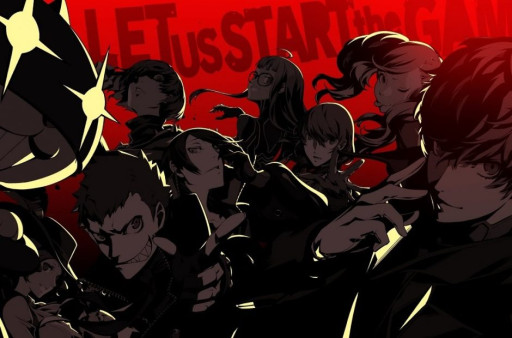
While Persona is well-known for its characters and how they are developed, characters introduced much later in the game tend to have less impact than those introduced first. The most prevalent example of this is Haru Okumura from Persona 5.
While Haru is a very interesting and overall likable character, her lack of screen time ultimately means that she has very little impact on both the other characters and on the story overall. She’s just kind of there through the finale, and her choice to give up being a thief, in the end, doesn’t seem as impactful as it should since she’s barely started.
If the next game wishes to have the same kind of expanded cast as the games before it, it may be better to take a Persona 3 approach and have all of (or at least most of) the main cast already be part of the main party when the game starts and then pick up one or two more along the way. And characters who are going to join the party as late as Haru did should be at the very least important to the plot earlier on in the game.
With all the problems there were with Akechi’s character, at the very least he was important and relevant before he joined the party, and his character did not come out of nowhere. We actually knew who he was and had been getting to know him all through the game before he became a party member.
A similar approach being taken to all future late-game characters would significantly improve the relationships the player builds with their party members and allow them to get even more attached to the characters that the game desperately wants the player to get attached to.
5. Deeper Social Events
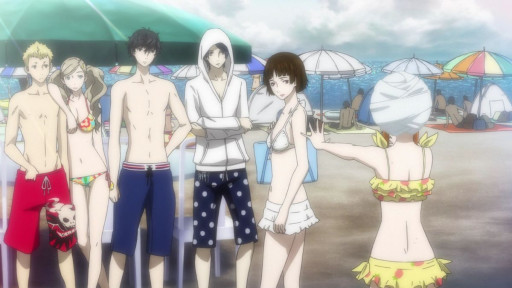
With Persona 5, the priorities of the game seem to have shifted from character writing and development to creating and developing an interesting and twisting story. However, this means that the game has story events take priority over character-focused events.
The few social events there are, such as the school trip to Hawaii and the group’s trip to the beach (pictured below) seem to just fly by while story-related events can take hours and hours to complete. A key example being that the tutorial and initial story-setup takes upwards of five hours, while the Hawaii trip seems to go by in less than one.
The easiest way to remedy this would be to either make these social events actually important to the plot of the next game, or to shift the focus of the game back to the characters and their development. This would also, again, help the characters feel more genuine and bring more life to those introduced later on in the game by showing how they interact with their friends in a more relaxed setting.
4. An Extended Timeline
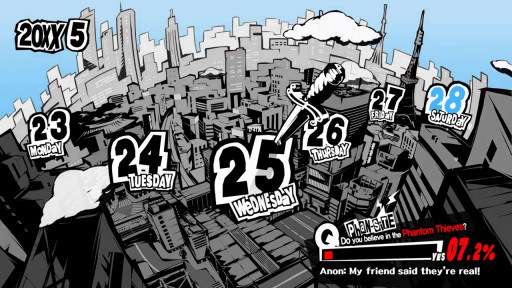
Despite the fact that each Persona game takes place over an in-game timeline of at least one year and can take upwards of 100 hours to complete, the story can often still feel as though it is rushed or that there’s so much to do that you could never hope to finish all of it before the game ends. Of course, this is why a feature such as New Game + exists, however not all players are willing to go through the entire game all over again just to finish off a few social links or read every book in the bookstore.
The easiest way to fix this would simply be to make the game longer. Persona 5 only allowed you to actually play through about 9 of the 12 total months, which considerably limited the amount of things you were able to complete before the game ended, and the transition from the actual game to the endgame felt abrupt and kind of messy.
While the cutoff was for plot reasons, and the awkward transition to the endgame didn’t really change the impact of what happened in the end, the complete skipping of almost three months of time seemed like a waste.
Extending the timeline would also give the players the opportunity to spend more time with characters introduced later, making it much easier to get attached to your party.
3. New Game Plus Actually Being… Plus
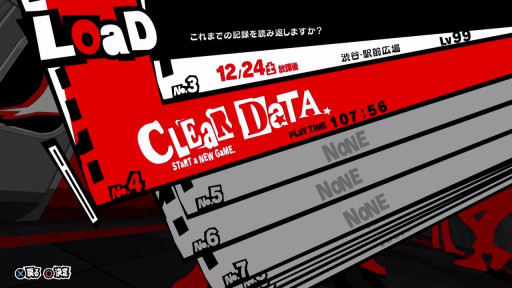
As of now, New Game + (the feature that allows the player to play the game again while retaining all the stats, items, and money that they collected in their first playthrough) seems to simply be the game over again except with a massive head start.
While this on its own isn’t detrimental to the game, it almost seems pointless. The feature is nice and means that you don’t have to start over from the very beginning. It allows you to focus more on the things you actually wanted to focus on instead of doing tedious tasks like leveling up skills.
However, it almost feels redundant. If I just wanted to finish leveling up my confidants, why do I have to go through the whole game all over again? A Danganronpa School Mode approach almost seems as though it would be more appropriate, where you’re just dropped into a situation with all the characters and are allowed to hang out with them to your heart’s content.
But this series isn’t Danganronpa. This is the Persona series, and the Persona series has much deeper and more involving stories.
Experiencing the story again, accept the main protagonist spends the whole story with at least some awareness of what’s going to happen (perhaps they have dreams about the later parts of the game, or are able to predict the things that happen as it goes) and being given the option to maybe change the outcome would be far more interesting than simply playing the game a second time but with a starting advantage.
2. Less Focus on the Villains
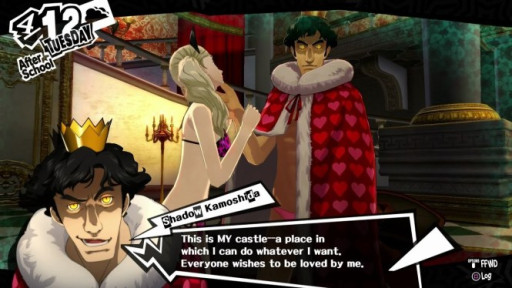
The best way to describe this change would be as a return to the Persona 4 format. Of course, not meaning a remake of Persona 4, but instead placing the focus of the narrative on the psyches of the characters who are actually meant to be the focus: the protagonist and their party.
Persona 4 didn’t have this issue since the main party were the antagonists. They all fought essentially evil versions of themselves and through that we learned more about them as people.
Persona 5 loses this element by having each dungeon centered around an antagonist, meaning we tend to learn more about the antagonists than the protagonists during each dungeon (with the one exception being Futaba). The details don’t serve to develop our actual main characters, instead they tell us about the people that we’re looking to defeat.
One way to fix this without simply re-making Person 4 might be to draw more obvious parallels between the protagonists and the antagonists. Portray the antagonists as potential futures that the protagonists may develop into if they aren’t careful.
Taking this approach would mean that both the antagonists and the protagonists could be developed side-by-side, showing how the protagonists react to staring a potential future version of themselves in the face and what they want to do about it. It would create a more interesting party of protagonists and antagonists simultaneously.
1. A Female Protagonist Option
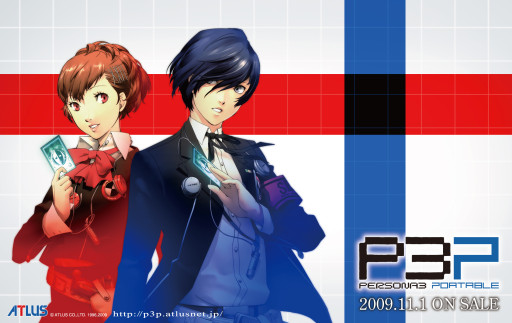
Something that has been gone from the series since Persona 3 Portable, a female protagonist option is something that fans have been clamoring for ever since Hamuko (or Minako, or Hatone, or any of her many names) Arisato charmed us in P3P.
A female protagonist option serves to welcome a whole new demographic of people into the Persona series, open interaction possibilities up by introducing a whole new potential protagonist personality into one route of the game, and would allow for varied friendship and romance options.
Different routes and dialogue options for a female protagonist would also allow players to choose a protagonist who better fits their own personality, bringing the world to life in a completely different way, and meaning that the self-insert aspect of the protagonist would become even more tangible.
Having a female protagonist option would simply make the game more accessible, and since so many fans have been clamoring for it since P3P’s release, it would simply make business sense to finally give the fans what they want.
